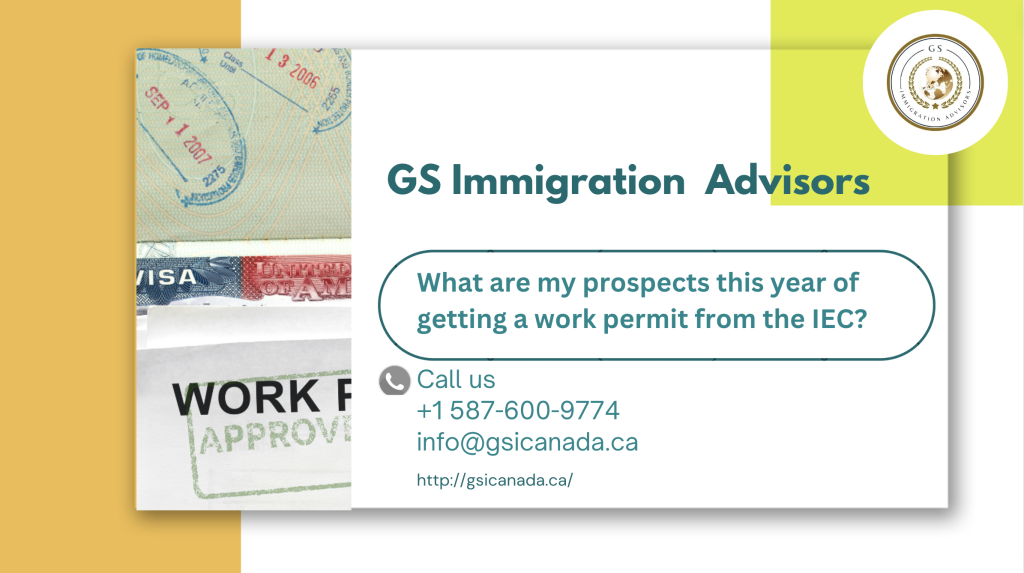
Those who move to Canada frequently look for work permits. If they are qualified, immigrants might wish to think about applying for a work visa through the International Experience Canada (IEC) program.
In contrast to most other programs, candidates may see more clearly in the IEC pool how likely they are to get a work permit.
The IEC is a program for teenagers from 18 to 30 or 35 years old who are temporarily residing in countries with which Canada has bilateral youth mobility agreements. These agreements let young people from other nations work and acquire experience in Canada while also enabling Canadian youngsters to travel abroad and do the same. In as little as six weeks, IEC candidates can receive approval for their work licenses.
Here is the link to check if your nation and Canada have a bilateral agreement on youth mobility. The age range that qualifies may also vary according on your country of origin and its level of agreement with Canada.
The IEC begins for applications in January onwards, and the process continues for the duration of the year or until all work permits are granted. Through three streams that grant work permits, the program authorizes successful applicants to reside and work in Canada for a maximum of two years:
You might be eligible to apply to more than one of these streams if you are a citizen of a partner nation.
The Working Holiday stream is for those who:
The Working Holiday stream offers Open Work Permits (OWPs) to newcomer youths. OWPs are a kind of work permit that allows holders to work for most employers, in most industries, almost anywhere in Canada.
A medical checkup may be necessary for some employment.
The stream for young professionals
Closed work permits are provided via this stream. These work permits are linked to a particular employer and specify the name of the employer, the hours of work, and, if relevant, the location of the place of employment.
The Co-op International (Internship) program
This stream also offers closed work permits. Wages and labour standards must follow labour laws in the province or territory where the internship is taking place. Local laws will also determine whether an internship needs to be paid or not.
Unlike virtually every other Canadian immigration program, the IEC does provide candidates with a strong degree of transparency as to the likelihood of receiving a work permit through the program.
This is because (if all eligibility criteria are met, and fees paid) receiving a work permit or not is largely a function of the number of candidates in the IEC pool who have:
Note: Newcomers seeking a work permit through the IEC must first submit a profile within the candidate pool. Once a profile is chosen, candidates will be given an invitation to apply (ITA) for a work permit, after which they may submit a full application under their chosen stream.
A candidate can utilize the IRCC’s special tool for IEC invitation rounds to determine their likelihood of being granted an IEC work permit.
Candidates will need to input their nationality, and desired work permit. Based on the factors listed above, the IEC tool will then deliver a likelihood rating ranging from Excellent (80-99%), Very good (60-79%), Fair (40-59 %), Low (20-39%), or Very low (1-19%).
In addition, the tool can also show candidates:
Contact us today for expert assistance with visa applications, residency, citizenship, and more.
Add: 9765 45 Ave NW Edmonton, AB – T6E 5V8
Call : 1-587-400-3335
Email: info@gsicanada.ca
Work Permit and Visitor Visa
© 2024 Copyright by GS Immigration Advisors